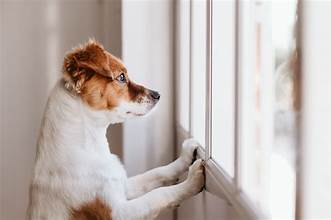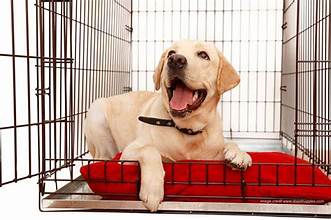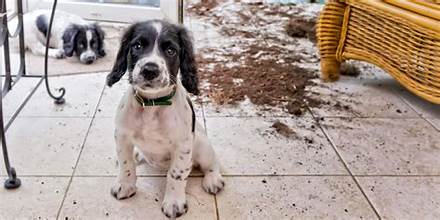Have you ever come home to find shredded curtains or a puddle on the floor? Knowing that a mischievous toddler didn’t cause it, but your otherwise well-behaved dog?
You might be dealing with a common issue among dog owners: separation anxiety.
It isn’t just naughty behavior – separation anxiety is a disorder in dogs that can cause them significant distress when left alone. But why do dogs develop this anxiety, and what can you do to help them cope?
The Pack Mentality:
Dogs, descendants of wolves, are social creatures that live in packs. Their need for companionship and social connection is crucial. When left alone, some dogs may feel a sense of vulnerability and isolation, which can trigger anxiety.
More Than Just Missing You:
While missing their owner is undoubtedly a factor, separation anxiety can also stem from other fears.

These could include:
Fear of abandonment:
Some dogs may have experienced a past trauma, like being left at a shelter, that makes them fearful of being left alone again.
Boredom and Lack of Stimulation:
Dogs can become anxious if they don’t have enough mental and physical stimulation.
Fear of Noises:
Some dogs are more sensitive to sounds than others. Being alone can heighten their anxiety about loud noises like thunder or sirens.
Signs and Symptoms:
Destructive behavior:
Chewing, digging, and scratching are common signs of anxiety in dogs left alone.

Vocalization:
Excessive barking, howling, or whining can be a way for your dog to express their distress.

Toilet accidents:
Even house-trained dogs may regress when experiencing separation anxiety.
Pacing and restlessness:
If your dog cannot settle, it may pace or exhibit other nervous behaviors.
Helping Your Separation-Anxious Dog:
You can treat separation anxiety with a combination of techniques. These tips have been proven effective in many cases. Here are a few to get you started:
Desensitization and Counterconditioning:
Gradually introduce departure cues like picking up your keys in a positive way and rewarding calm behavior when you leave.
Provide Safe Spaces:
Create a cozy crate or an area for your dog to feel secure when alone.

Give them plenty of exercise and stimulation:
A tired dog is less anxious. Make sure you get enough exercise before you leave. Leave puzzle toys or food-dispensing toys to keep them occupied.
Consider Professional Help:
A certified animal behaviorist can develop a personalized treatment plan for severe cases.
Separation anxiety can be a complex issue. If you suspect your dog suffers from it, remember that you’re not alone. Talk to an animal behaviorist or a veterinarian for a personalized treatment plan. With their expertise, patience, and the right approach, you can help your dog feel more secure when alone.
https://www.aspca.org/pet-care/dog-care/common-dog-behavior-issues/separation-anxiety




